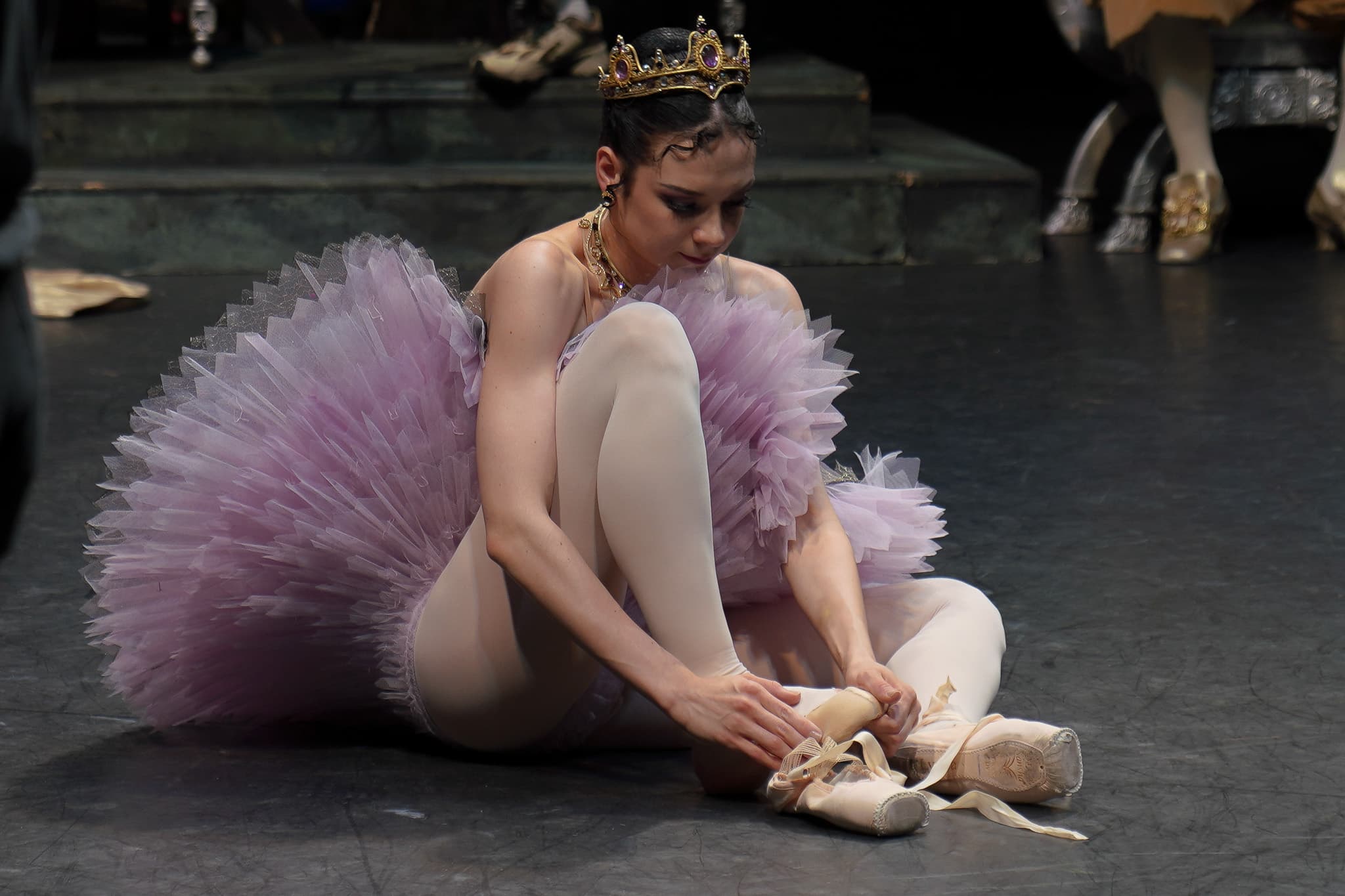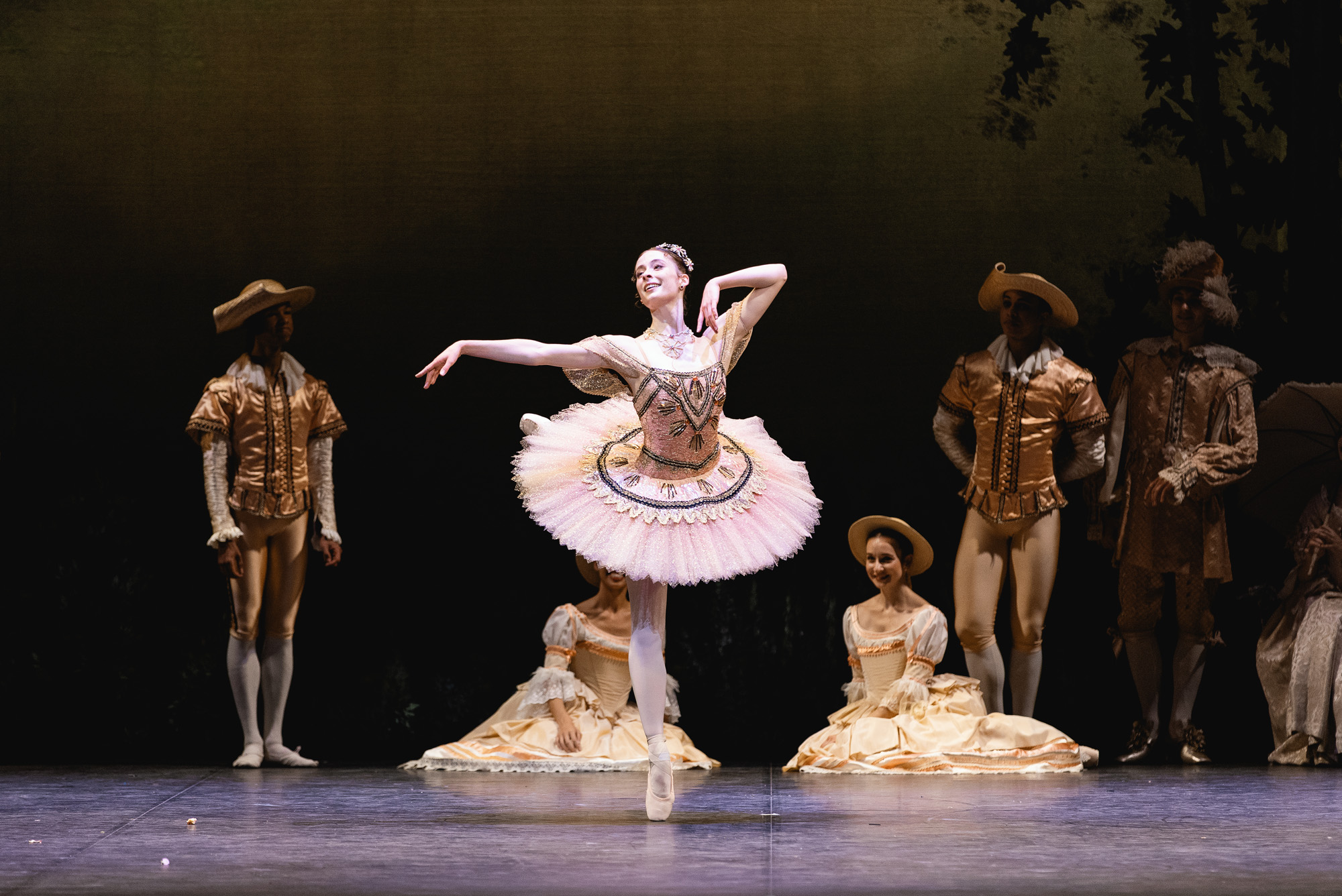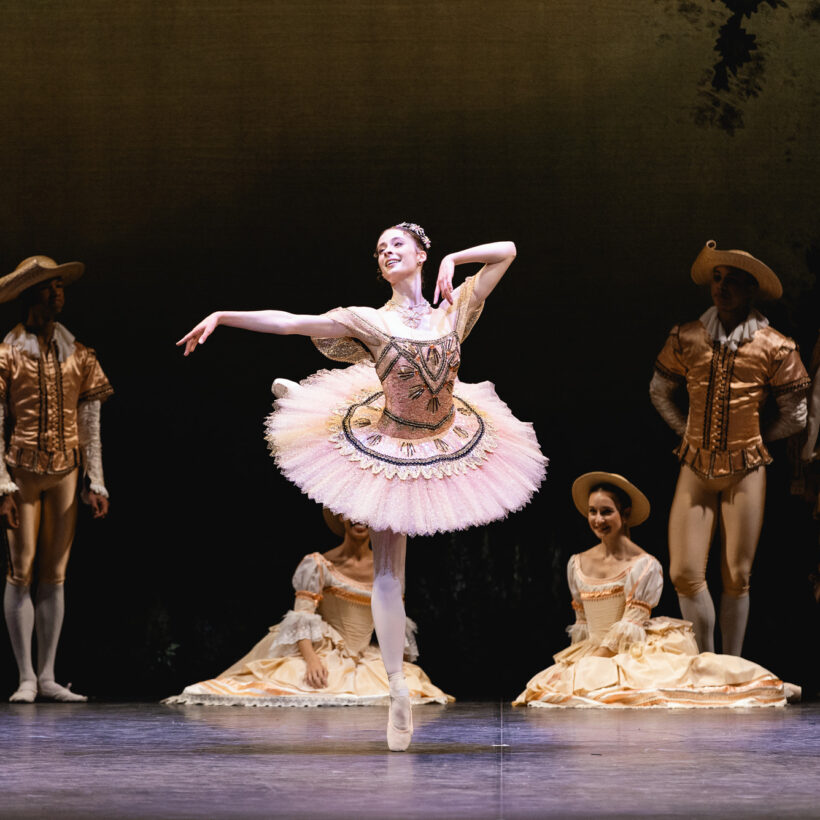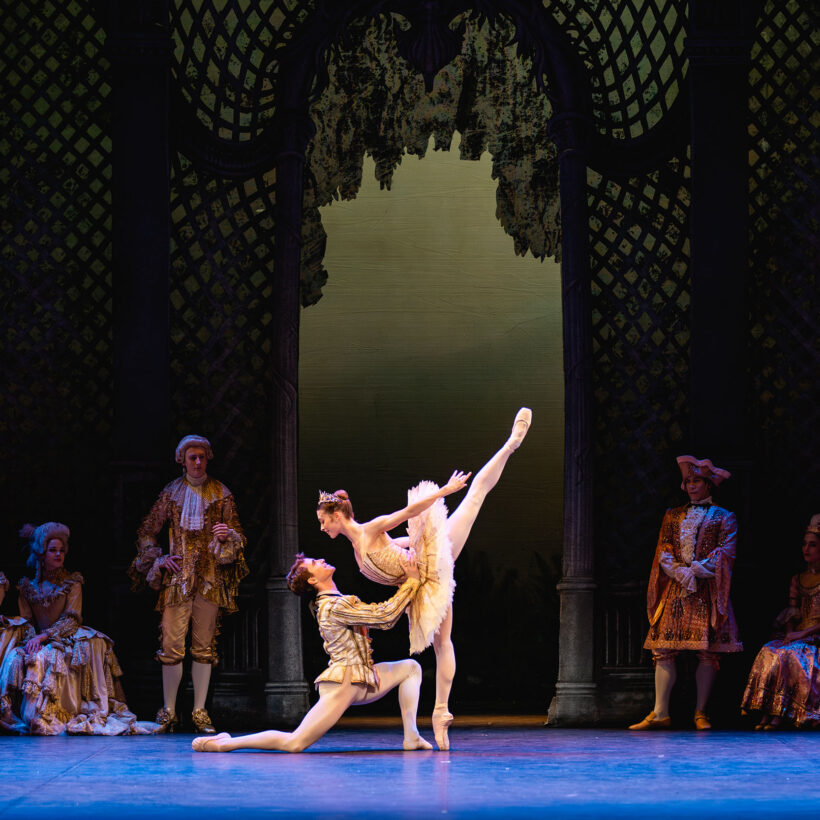The Sleeping Beauty: over a century of history
Becoming a classic
The Sleeping Beauty was the first collaboration between choreographer Marius Petipa and composer Pyotr Ilyich Tchaikovsky, who had already achieved fame with Swan Lake. Commissioned by Ivan Vsevolozhsky, Director of the Imperial Theatres, the ballet was inspired by Charles Perrault’s literary fairytale La Belle au bois dormant (The Sleeping Beauty).
Vsevolozhsky imagined a lavish production set in the 17th century court of Louis XIV, one of the most visually opulent periods in French history. The original Beauty was rich with spectacle, classical technique and fairytale characters, with lavish sets and costumes reflecting the opulence of the Russian Imperial Theatre. Structured in three acts and a prologue, it ran for over four hours. Unlike many ballets of the time, the music was symphonically complex. Tchaikovsky worked closely with Petipa, who provided detailed instructions for musical timing and mood. This collaboration helped set a new standard for integrating music and dance in classical ballet.
Premiering in St. Petersburg on January 15, 1890, The Sleeping Beauty was an instant success and became a fixture of the repertoire. After the 1917 Revolution, the work gained wider recognition through the work of Russian emigrees. Sergei Diaghilev’s Ballets Russes presented a version in London in 1921, helping to introduce the ballet to Western audiences. Ninette de Valois’s 1946 production, starring the legendary Margot Fonteyn, cemented the ballet’s place in British ballet history. De Valois used Nikolai Sergeyev’s notation of Petipa’s choreography but made stylistic adaptations to reflect the English style – less grand, more musical phrasing and subtlety.
Since then, The Sleeping Beauty has gone on to become one of the world’s most widely performed ballets, with a range of different stagings and interpretations – from George Balanchine’s streamlined Aurora’s Wedding, which distilled the ballet into a virtuosic one-act celebration of classical technique, to Matthew Bourne’s 2012 version, reimagined as a gothic romance spanning from the Victorian era to the present day.

MacMillan’s touchstone
In 1987, Sir Keneth MacMillan created his own production for American Ballet Theatre at the invite of Artistic Director Mikhail Baryshnikov. MacMillan retained much of the choreography of Petipa’s original through Sergeyev’s notation, but he incorporated his own dramatic sensibility. As Lady MacMillan recounts: “he felt that The Sleeping Beauty was in the grand Russian tradition and should be faithful to that.” He focused on sections including the Garland waltz, variations for Prince Desiré and Princess Aurora in Act II, the journey to the castle and the Awakening, and the Jewels divertissement. “If choreography already exists for a scene, one should keep it. When there are missing pieces in the choreographic jigsaw puzzle, then, of course, they have to be filled in” MacMillan said of his approach. The production was met with critical acclaim, and it was recognised as the first American Beauty of major importance.
Throughout his life, MacMillan choreographed dozens of works, including ten full-length ballets, now recognised as modern classics. His best-known works, such as Mayerling, Manon and Romeo & Juliet, are characterised by psychological insight, emotional intensity and drama. The Sleeping Beauty stands apart as a significantly more traditional and light-hearted production.
Lady MacMillan explains this contrast: “[he] believed The Sleeping Beauty to be the most important ballet in the classical repertoire. He said he learned how to choreograph from it. He was inspired by the structure, and although he often chose not to use that structure in his own ballets, you could say it was his touchstone.”
He believed that if a company looks after The Sleeping Beauty, it is looking after the artform of ballet itself.
Lady MacMillan
A gem of our repertoire
When joining the company in 2023, Artistic Director, Aaron S. Watkin, was surprised to discover MacMillan’s lesser-known version: “I didn’t even realise Kenneth had a Sleeping Beauty! We’re the only company in the world currently performing this production, which gives it a unique and very special place in our repertoire.” MacMillan’s version was performed in the USA for 18 years, before moving across the Atlantic. First performed by English National Ballet in 2005, it remains a beloved fixture of the Company’s programme. This autumn, we take The Sleeping Beauty on national tour, before it travels to the Royal Albert Hall in London this summer with an updated version featuring new projections and designs created in collaboration with Lady MacMillan.

Dressing Beauty
To match the elegance of the choreography, MacMillan commissioned acclaimed designer Nicholas Georgiadis to create the ballet’s beautiful costumes. The pair worked together on several productions across nearly four decades. In an interview with The New York Times, Georgiadis recounted the difficulty of designing costumes for a classic fairytale, managing audience expectations with historical accuracy and creative novelty. He called the production “one of the most difficult projects I’ve ever had to do”.
Georgiadis and MacMillan decided to set the ballet across the 17th and 18th centuries. “There’s more consistency than you could even get in a historical play,” explained the designer. “I go from the Jacobean period to Charles I, 16 years later. Then in the third act, 100 years later, I move into the 18th century.” Among his inspirations were painters Van Dyck and Tiepolo. The only character who breaks from the period is the evil fairy Carabosse, styled to resemble Queen Elizabeth I, with striking red hair, high forehead, and elaborate ruff.
Transforming tradition
The fairytale of The Sleeping Beauty has enchanted audiences for centuries, and in this production Watkin introduces some subtle changes to make it more accessible for today’s audience.
“One of the first things I spoke about with Lady MacMillan,” he explains, “was editing the ballet slightly to shorten it, without detracting from the incredible story and technique of the piece. We wanted to make it more resonant for modern audiences who might not be familiar with ballet. It’s traditionally done in three acts, which we have cut down to two, divided into four scenes.” Following the edits, Act I consists of the original Prologue and Act I, and Act II consists of original Acts II and III, with English National Ballet’s Philharmonic playing additional music in the pauses between the acts.

Where technique takes centre stage
With its lavish design, soaring score and intricate choreography, The Sleeping Beauty offers audiences plenty to enjoy. For the dancers, the piece is a serious test of skill and stamina: “it is one of the hardest technical full-length classical ballets to dance,” Watkin explains.
My hope is that audiences seeing this production will experience first-hand just how extraordinary classical ballet can be.
Aaron S. Watkin, Artistic Director
“It’s probably the purest classical work you can find”, he adds. “The challenge is to illustrate classical ballet without any affectations, really emphasising the clarity, musicality and precision of the movement. This is especially true of the English style of ballet.”
The Sleeping Beauty has been casting its spell for over a hundred years and will undoubtedly continue to do so for many years to come.
See the artistry and emotion come alive – catch the production on tour this season.




